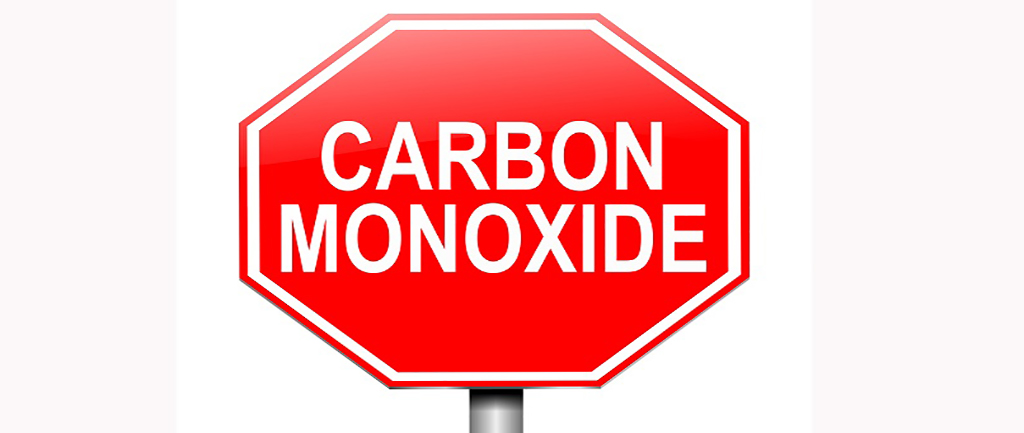If you’re on a service or maintenance call, begin with the combustible gas leak detector and follow the manufacturer’s warm up instructions. Once the instrument is ready to use, measure a known combustible gas source to assure the detector reacts. If there is no response, you’ll need to troubleshoot the instrument.
If the instrument responds, set it to the highest sensitivity level and begin testing gas pipe fittings and connections. Move the probe around the gas fitting in a circular motion until you’ve measured 360° around the fitting. For best results, cup your hand around the fitting to isolate the probe and prevent air movement from affecting the measurement.
This sounds like it’s time consuming, but it goes rather quickly with some practice. Remember, the instrument is set to its highest sensitivity, so if you get anywhere near a leak it will respond quickly. Continue to test each gas connection until the detector alerts you.
If the detector alarms, turn down the sensitivity setting and retest the fitting. If the alarm continues, then it’s time to grab the bubble solution. Use it to visualize the gas leak and assure the response isn’t a false alarm. By the way, wet pipe dope can set off many gas leak detectors.
Once you discover a gas leak, mark it for immediate repair.
Next Steps
Take the time to examine your service procedures and see if you’re equipped to properly investigate a gas leak. If you don’t own a combustible gas leak detector, make a commitment to purchase one and learn how to use it. With the right test instruments, searching for leaks doesn’t have to be labor intensive.
Don’t assume a gas line is okay because you don’t smell gas. I’ve been on multiple calls where there was no noticeable gas odor, yet we found numerous gas leaks. To quote my buddy, Scott Suddreth, “If you don’t find many gas leaks, you aren’t looking hard enough.”
Listen to the homeowner – if they smell gas, it’s a good indicator something is wrong. Women tend to have a stronger sense of smell than men. If you don’t find any gas leaks, make sure the smell isn’t coming from flue gases. CO (carbon monoxide) in its pure form is odorless, but other combustion byproducts have an odor.
Document these situations with measurements and take geo tagged (location specific) photos of leaks. If you discover a dangerous situation, do something about it to protect your customers and company.
David Richardson serves the HVAC industry as a curriculum developer and trainer at the National Comfort Institute, Inc. (NCI). NCI specializes in training focused on improving, measuring, and verifying HVAC and Building Performance.
If you’re an HVAC contractor or technician interested in learning more about adding carbon monoxide testing to your services, contact David at ncilink.com/Callme or call him at 800-633-7058. NCI’s website www.nationalcomfortinstitute.com is full of free technical articles and downloads to help you improve your professionalism and strengthen your company.
